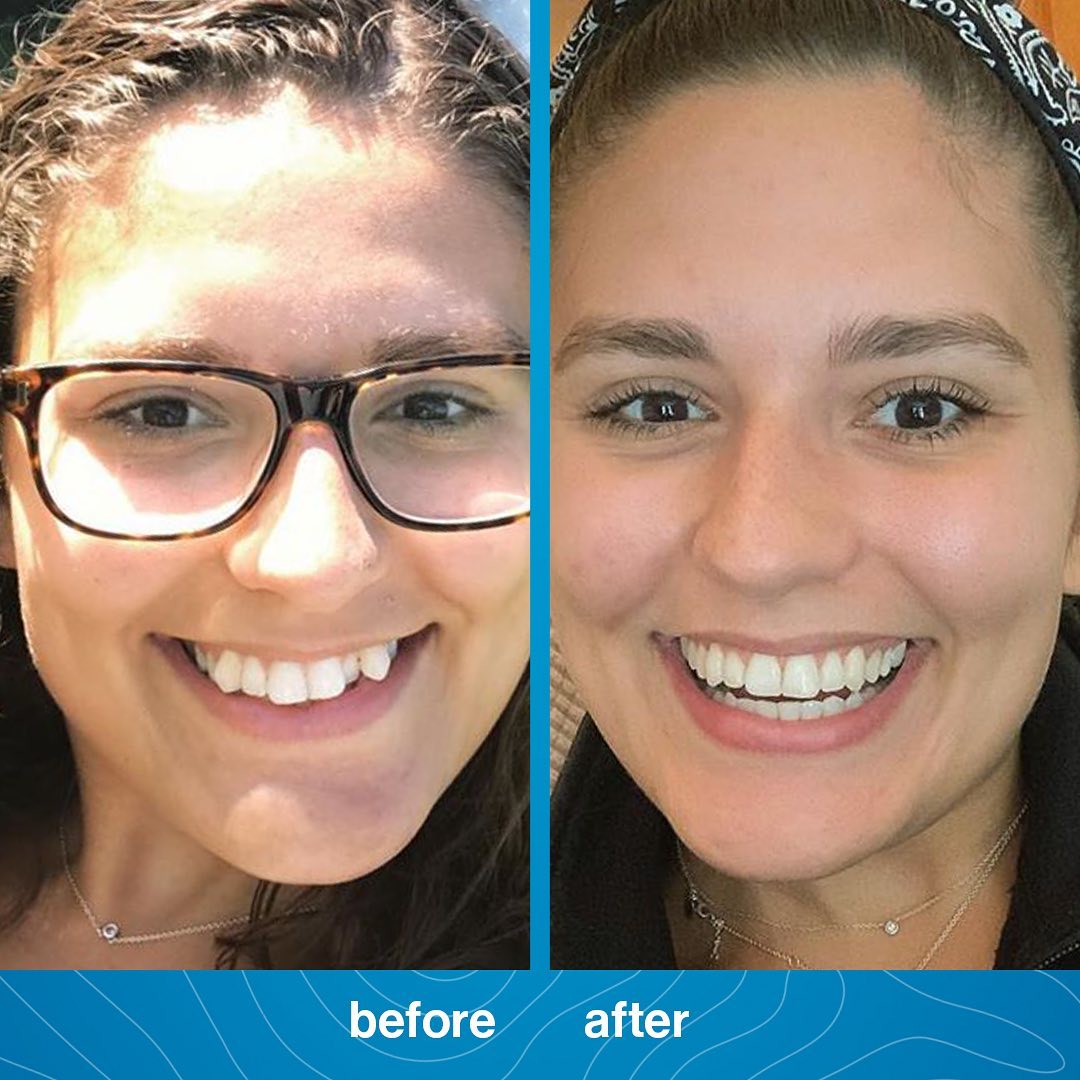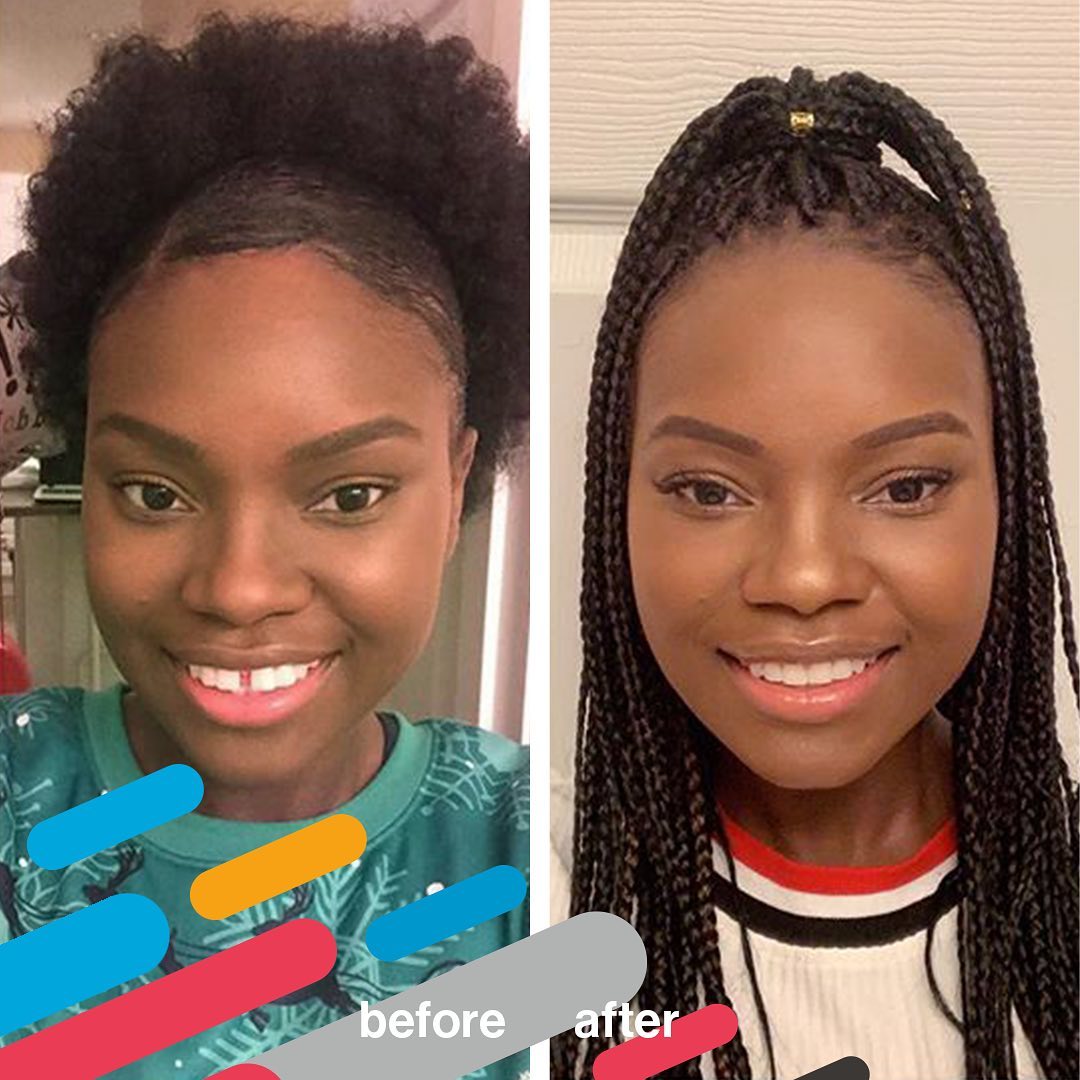How long does it take to straighten teeth using invisible aligners?
Treatment time with invisible teeth aligners or Invisalign is based on how much the teeth need to be moved or rotated. An average Invisalign and clear aligners treatment usually takes between 10 and 24 months.
The more your bite is off or the more crooked your teeth, the longer it will take.
The time it takes to straighten teeth using invisible aligners like Invisalign or other clear aligner brands can vary widely based on several factors:
- Severity of Malocclusion: The more severe the dental issue, the longer the treatment time. Minor issues might be corrected in as little as six months, while more complex cases involving severe crowding, spacing, or bite issues may take two years or more.
- Patient Compliance: Unlike traditional braces, clear aligners are removable. This feature allows for more flexibility, but it also requires discipline from the patient. For the treatment to be effective, the aligners should be worn for 20 to 22 hours per day, only removing them for eating, drinking anything other than water, and brushing teeth. If a patient doesn’t wear the aligners as directed, it can prolong the treatment process.
- Individual Response to Treatment: Just as people’s bodies react differently to medications or exercise, so too can the speed at which teeth move vary from person to person. Some people’s teeth may move more quickly than others.
- Follow-up and Adjustment Frequency: The frequency of changing to a new set of aligners can also affect the duration of treatment. Most aligner systems instruct patients to switch to a new set of aligners every 1-2 weeks.
- Use of Supplementary Treatments: Sometimes, orthodontists may recommend using supplementary treatments along with aligners, such as rubber bands for bite alignment, or “attachments” (small tooth-colored dots of dental bonding material) that help the aligners grip the teeth. These can impact the treatment timeline.

Contact Dr. Jacquie Smiles for a more accurate estimate and your free Invisalign consultation.
Please contact Dr. Jacquie Smiles today to learn more about orthodontic treatments for your misaligned teeth with Invisalign. Call us at (845) 782-4288 or fill out the contact us to receive additional information. Our office is conveniently located near 70 Gilbert Street, Suite 202, Monroe, NY 10950.




